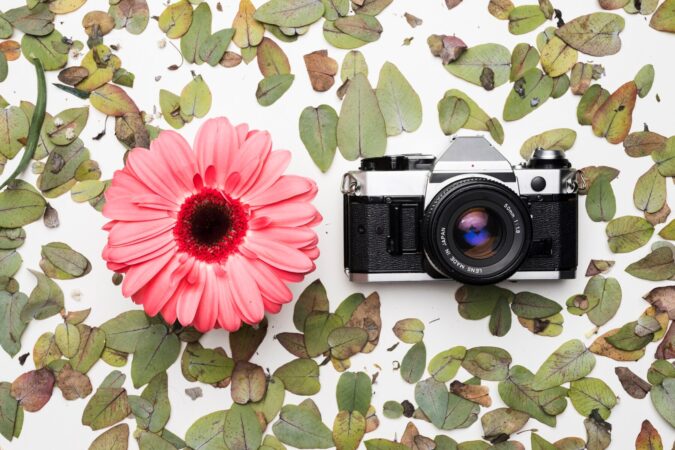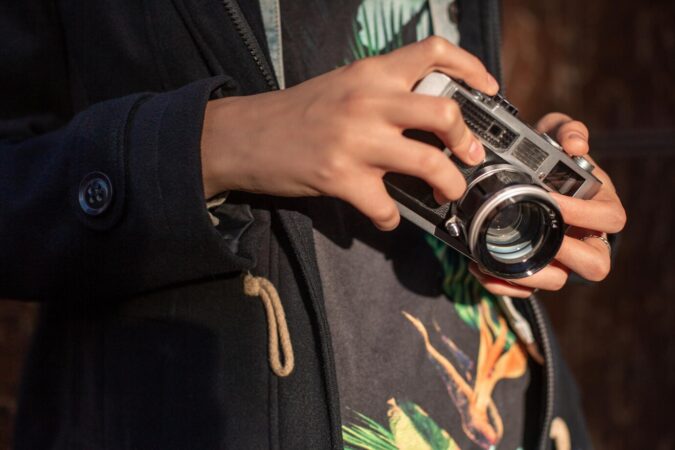
How To For You – Flower photography is an ever-popular genre that offers endless opportunities for creativity. However, with so many images of flowers circulating online, standing out requires a unique approach. Whether you’re using a DSLR, mirrorless camera, or even a smartphone, these innovative techniques will help you capture breathtaking floral images that leave a lasting impression.
Unlocking the Magic of Multiple Exposure
One underutilized yet powerful feature in many cameras is multiple exposure mode. This function allows photographers to overlay two or more images within a single frame, creating dreamy and ethereal visuals. Instead of taking two identical shots, try combining different flowers or adjusting the angle between frames. The interplay of textures and colors can result in visually striking compositions that evoke a sense of fantasy.
Harnessing the Energy of Zoom Burst
A dynamic technique to add movement to flower photography is the zoom burst effect. To achieve this, set your camera to Shutter Priority mode and select a slow shutter speed. As you press the shutter button, twist the zoom ring on your lens either inwards or outwards. This technique produces a radial blur effect, making the flowers appear as if they are radiating energy. Though it requires some trial and error, the results are unique and full of life.
Exploring a Worm’s-Eye Perspective
Most flower images are taken from a conventional head-height perspective. To create a fresh visual impact, try a worm’s-eye view by positioning your camera at ground level and angling it upward. This perspective captures flowers against the sky, highlighting their delicate structures while giving them an imposing and majestic presence. If using a tripod, consider flipping the center column to bring your camera even closer to the ground for more stability and precision.
Enhancing Sharpness with Focus Stacking
Achieving a sharp, well-focused flower image can be challenging, especially when shooting with a shallow depth of field. Focus stacking solves this issue by blending multiple images taken at different focus points. Some cameras have a built-in focus stacking feature, but if yours doesn’t, you can manually capture a series of images while gradually shifting focus. Merging these frames in post-processing software like Photoshop or Affinity Photo will create a final image with exceptional detail and clarity.
Experimenting with Contre-Jour Lighting
Instead of the traditional approach of keeping the sun behind you, experiment with contre-jour (against the light) photography. By shooting towards the light source, you can create striking silhouettes and glowing edges around petals. This technique enhances depth and adds a magical ambiance to your shots. However, be mindful of lens flare—while it can add artistic elements, excessive glare can overpower your subject. A lens hood or slight repositioning can help control unwanted flare.
Filling the Frame for Impact
Rather than capturing an entire field of flowers in one shot, try zooming in to fill the frame with a single flower or a tightly packed cluster. This method enhances the details, colors, and textures of the petals, making the composition more immersive. A telephoto lens can help achieve this effect while also minimizing distractions in the background, ensuring that the focus remains on your subject.
Final Thoughts
Flower photography is a rewarding genre that allows endless creativity. By incorporating techniques like multiple exposure, zoom burst, worm’s-eye perspectives, focus stacking, contre-jour lighting, and frame-filling compositions, you can elevate your images beyond the ordinary. Experiment with different styles and approaches to develop your own unique photographic voice and capture the beauty of flowers in ways that truly stand out.





